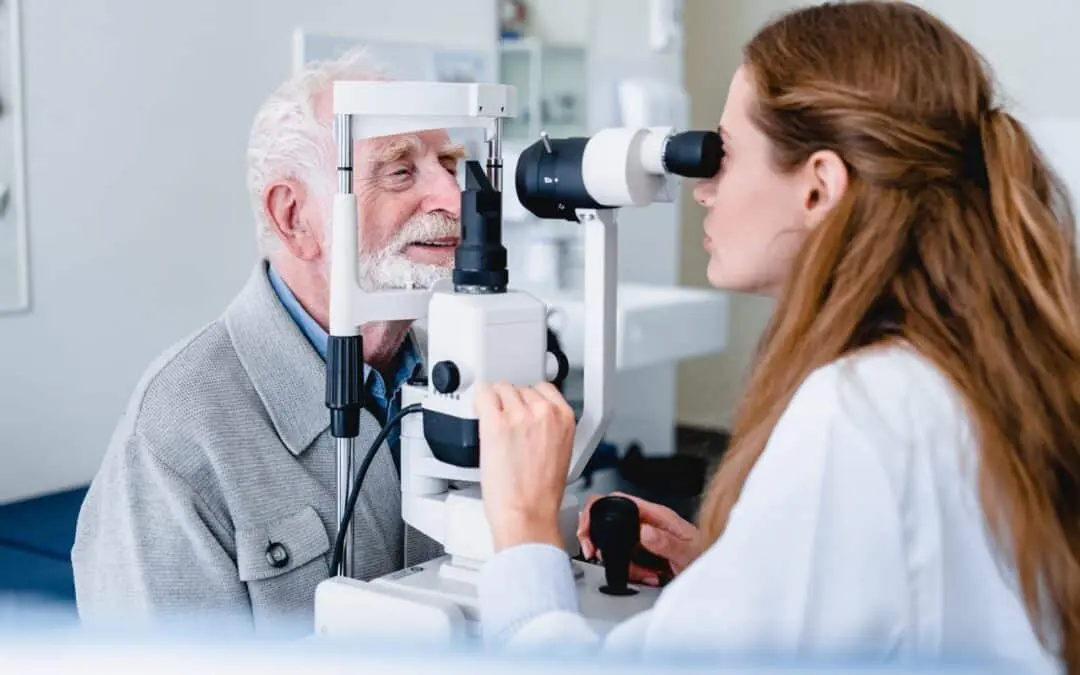All Categories
Featured
Table of Contents

Normal eye evaluations are crucial for maintaining great vision and identifying potential eye wellness concerns early. The frequency of these exams can differ significantly based on a person's age, way of living, and total health and wellness. Understanding the advised routine for eye exams can help make sure that people of every ages get appropriate care and monitoring for their eye health and wellness.
Infants and Toddlers (0-2 Years)
For young children and babies, eye tests are essential for spotting any potential vision problems early. The American Academy of Ophthalmology recommends that a youngster's first eye test must take place at around 6 months old. During this initial visit, the eye care expert will analyze the youngster's aesthetic growth and check for any kind of apparent eye concerns.Following this initial exam, it is suggested that youngsters have another eye examination at age three. This check out will focus on analyzing the youngster's total aesthetic function, including eye placement and the capability to track objects. If no issues are identified, the next exam should be scheduled prior to the youngster begins college, normally around age five or six.
School-Aged Youngsters (6-18 Years)
Normal eye exams should be set up every one to 2 years once children reach school age. Vision is important for learning and advancement, and many colleges perform vision screenings. These screenings do not replace a detailed eye test by an eye treatment expert.For children entailed in activities or sports requiring significant visual focus, annual eye examinations may be a good idea. In addition, if a kid exhibits indicators of vision troubles-- such as difficulty reviewing, scrunching up your eyes, or constant migraines-- a visit to the eye medical professional should be arranged asap.
Young Person (19-39 Years)
Young person commonly have fewer vision changes than older age teams, however regular eye examinations stay crucial. The general suggestion is to arrange an eye exam every 2 years during this duration. However, people with certain threat factors-- such as a family members history of eye illness, diabetic issues, or those that put on get in touch with lenses-- should take into consideration annual eye examinations.In addition, those that spend significant time on electronic gadgets might experience digital eye strain. If symptoms such as dry skin, exhaustion, or obscured vision take place, it may be a good idea to see an eye care specialist sooner.
Grownups (40-64 Years)
As people enter middle age, the likelihood of creating vision troubles increases. Adults aged 40 to 64 need to set up eye exams each to two years. This age team might begin to experience presbyopia, a natural age-related condition that makes it challenging to focus on close objects. Eye tests can also help detect various other usual age-related problems such as glaucoma, cataracts, and macular deterioration.If individuals in this age have threat aspects like high blood stress or diabetes mellitus, they may call for more frequent exams to monitor their eye health and wellness closely.
Elders (65 Years and Older)
For senior citizens, regular eye exams become much more critical. The American Optometric Organization suggests that individuals matured 65 and older have an eye examination at the very least annually. Older grownups go to a greater threat for numerous eye conditions, including cataracts, glaucoma, and age-related macular degeneration. Early detection and treatment of these problems can protect against vision loss and boost the quality of life.Final thought.
Comprehending the appropriate timetable for eye examinations based on age is essential for maintaining optimal eye wellness throughout life. By sticking to these standards and consulting with an eye care expert, individuals can take proactive actions towards protecting their vision and total wellness.Latest Posts
Experience Coastal Elegance at Deauville Inn
Published Apr 08, 25
1 min read
Experience Coastal Style at Deauville Inn
Published Apr 01, 25
1 min read
A Historical Shoreline Destination with Modern Thrills
Published Mar 31, 25
1 min read